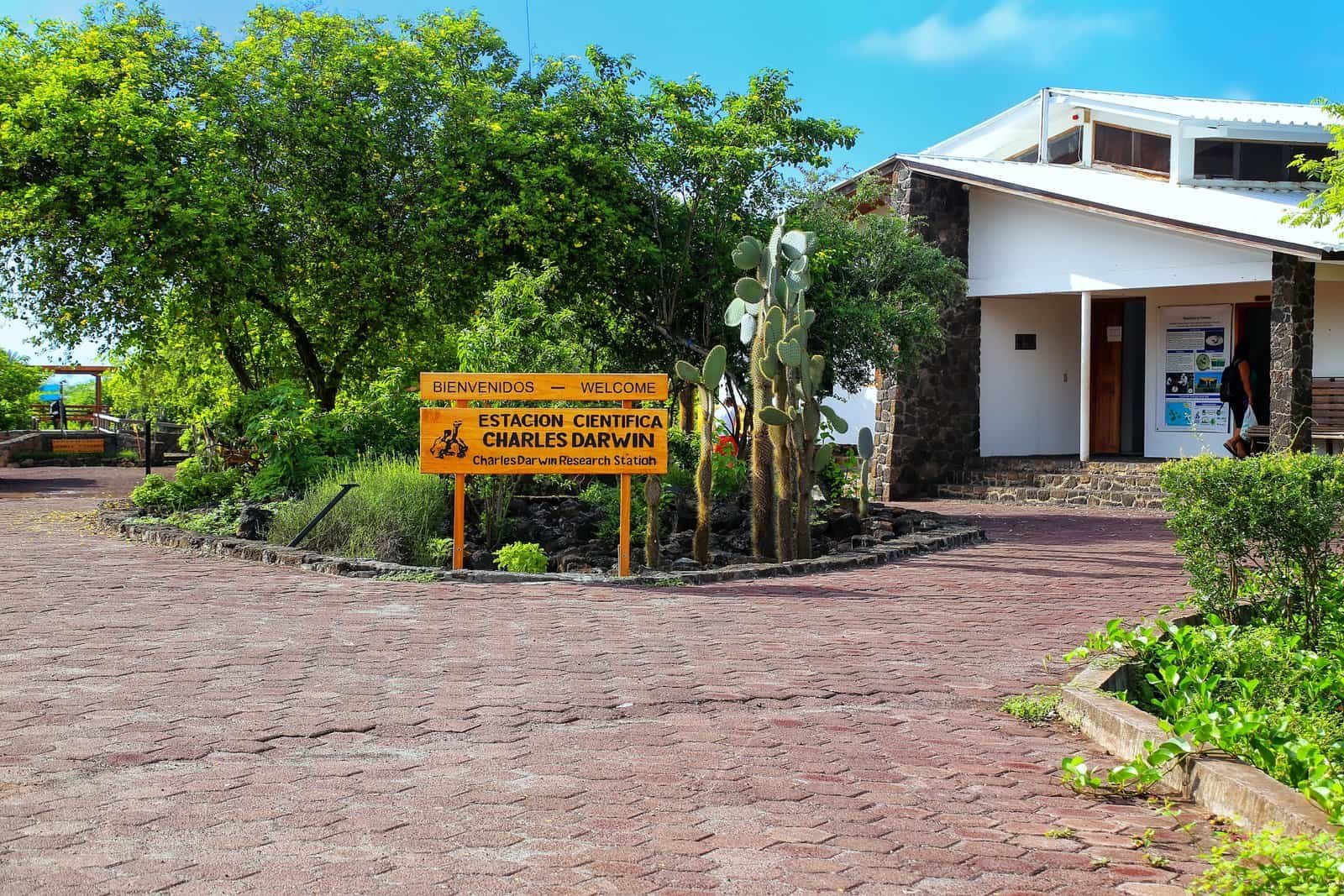Charles Darwin Research Station: The Heart of Conservation in the Galápagos
Located on Santa Cruz Island near the bustling town of Puerto Ayora, the Charles Darwin Research Station is more than just a visitor attraction—it’s the epicenter of conservation and scientific research in the Galápagos Islands. Established in 1964, this world-renowned research center is dedicated to preserving the unique ecosystems of the archipelago and educating visitors about the critical importance of protecting these fragile environments.
🔬 Why Visit the Charles Darwin Research Station?
- Learn about groundbreaking conservation programs that have helped save iconic species like the Galápagos giant tortoise.
- Visit the Giant Tortoise Breeding Center and see these gentle giants up close at different stages of life.
- Discover the fascinating legacy of Lonesome George, the last known Pinta Island tortoise and a powerful symbol of conservation efforts worldwide.
- Explore exhibits on endemic wildlife, invasive species control, and sustainable practices in the Galápagos.
- Stroll through scenic coastal trails filled with native plants, birds, and marine iguanas basking in the sun.
📍 How to Get There
The research station is conveniently located about a 15-minute walk from the center of Puerto Ayora on Santa Cruz Island. Follow the well-marked path along Charles Darwin Avenue. Entry is open daily, typically from 8:00 AM to 5:00 PM, but it’s best to check locally for the latest hours.
🗺️ Things to Do at the Research Station
- Visit the Tortoise Breeding Center: Observe different species of Galápagos tortoises and learn about breeding programs that have successfully reintroduced them to their native islands.
- See the Lonesome George Exhibit: Pay homage to the most famous tortoise of all time, whose story inspired global conservation efforts.
- Explore the Native Plant Garden: Discover unique flora found only in the Galápagos and understand their ecological importance.
- Learn from Local Scientists: Interactive displays and educational materials explain the station’s ongoing research and conservation challenges.
- Shop at the Official Gift Store: Purchase responsibly sourced souvenirs that support conservation efforts directly.
📅 Best Time to Visit
You can visit the Charles Darwin Research Station year-round. Mornings are ideal for avoiding crowds and experiencing cooler temperatures. If you’re interested in seeing baby tortoises, plan your visit during the breeding season from December to March.
💡 Travel Tips
- Support Conservation: Entrance is free, but donations are highly encouraged to support ongoing projects.
- Bring Water and Sunscreen: The walk to the station is pleasant but sunny—stay hydrated and protected from the sun.
- Take a Guided Tour: Hiring a certified naturalist guide can provide deeper insights into the research projects and local wildlife.
- Respect the Wildlife: Always maintain a safe distance from animals and stick to marked paths.
📸 Final Thoughts
A visit to the Charles Darwin Research Station is not only educational but deeply inspiring. It offers a rare behind-the-scenes look at the vital conservation work being done to protect one of the most extraordinary ecosystems on Earth. Whether you’re a wildlife enthusiast, a student of history, or a casual traveler, this iconic center is a must-visit during your time in the Galápagos Islands.
 Rate it or leave a comment!
Rate it or leave a comment!
New Report
Close
Sign Up for FREE!
Take advantage of all the features by signing up. It's completely FREE and we never spam you!
• Create Travel Plans/Trips
• Collect Places You've Been
• Connect with Like-Minded Travelers
• Contribute to the Community by Posting New Recommendations
Already Registered? Login.





